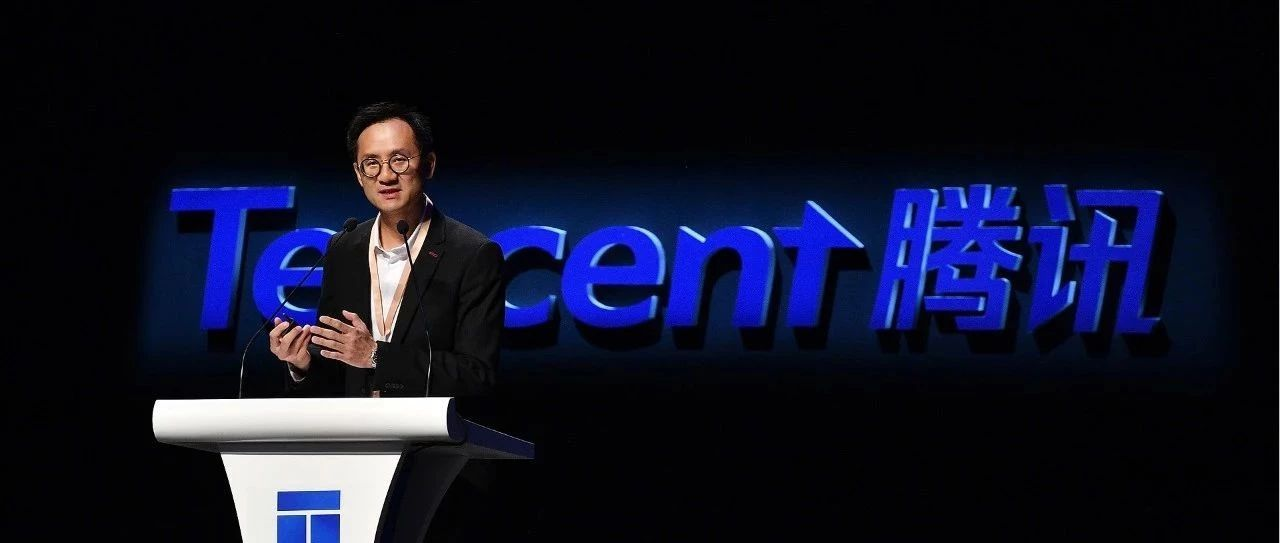On November 1 in Nanjing, Tencent presented a more comprehensive pattern in the field of smart transportation at the Tencent Global Partner Conference. This pattern is referred to as “four-horizontal, two-vertical, and one-central platform.”
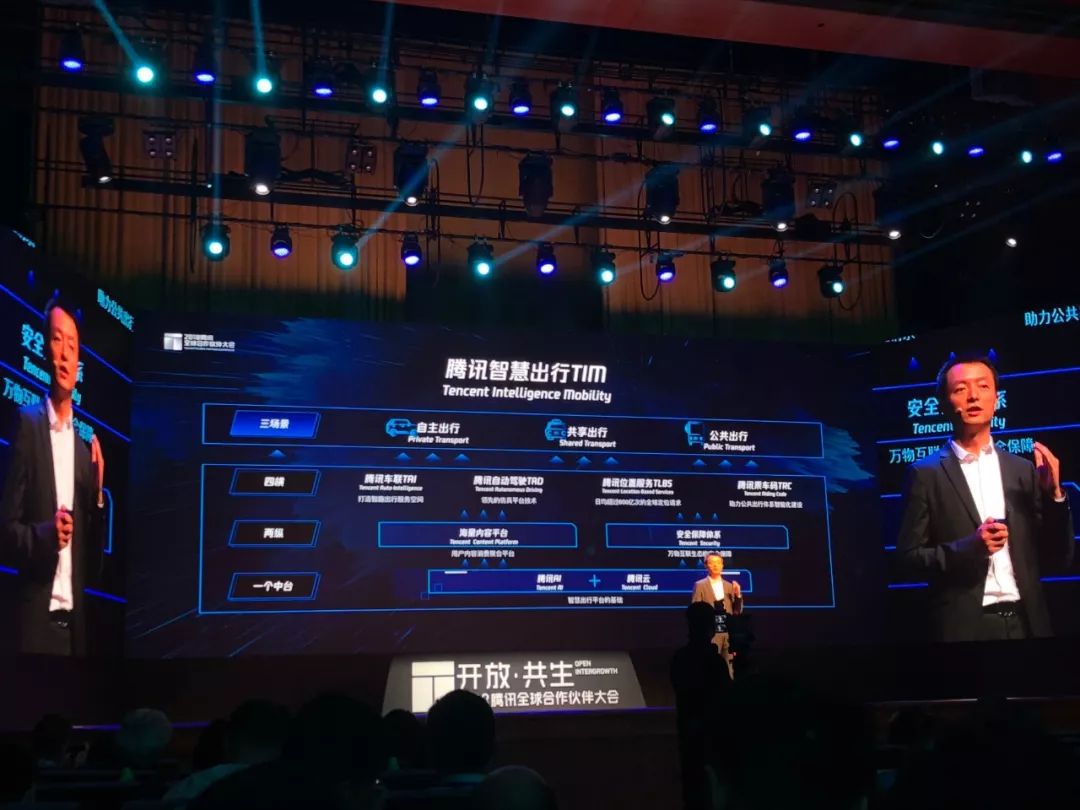
-
Four-horizontal: Tencent’s four business matrices in smart transportation include Tencent Car Alliance, Tencent Autonomous Driving, Tencent Location Services, and Tencent Ride Code. This is Tencent’s overall solution for cooperation with automotive enterprise partners and the basic platform for Tencent to help the smart upgrade of the transportation industry.
-
Two-vertical: Tencent’s massive content platform and security system.
-
One-central platform: Tencent AI and Tencent Cloud act as the central platform, providing underlying guarantees for business matrices and helping partners establish their own vehicle networking cloud platform and super brain, providing comprehensive cloud services.
This pattern will serve as an integrated solution, covering Autonomous Driving, Shared Mobility, and Public Transportation.
As Pony (Ma Huateng) once said:
We want to be a supporting role to help connect automakers with the Internet.
Compared with Alibaba and Baidu, Tencent’s layout in the vehicle networking field came relatively late, but it also entered the race with a relatively flexible posture.
Last year at this time, Tencent launched its vehicle networking system “AI in Car”. It formed a complete intelligent vehicle networking chain from human-vehicle interaction, car scene recognition, personalized car content, in-car social, to owner account integration.
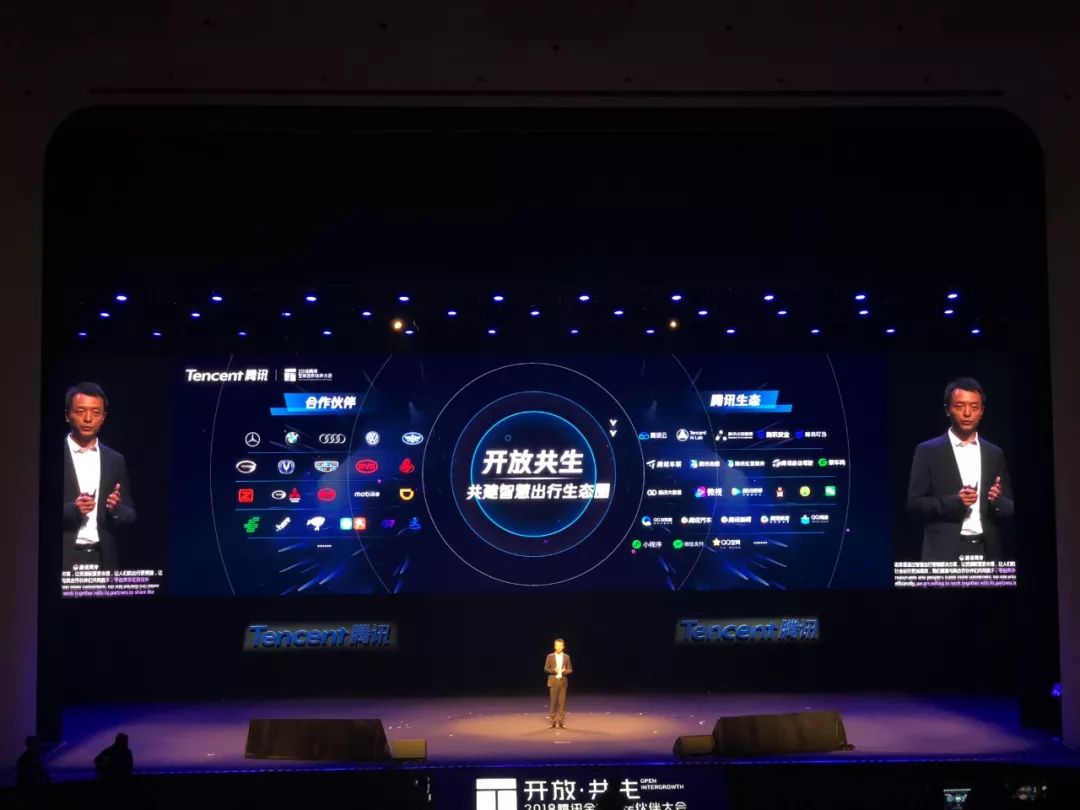
Currently, 15 cooperating automakers and 45 models are being implemented. This time, Tencent updated its vehicle networking system to “TAI Auto Intelligence System” (Tencent Auto Intelligence), which can basically be understood as version 2.0 of “AI in Car” and is Tencent’s landing work after a one-year trial period.
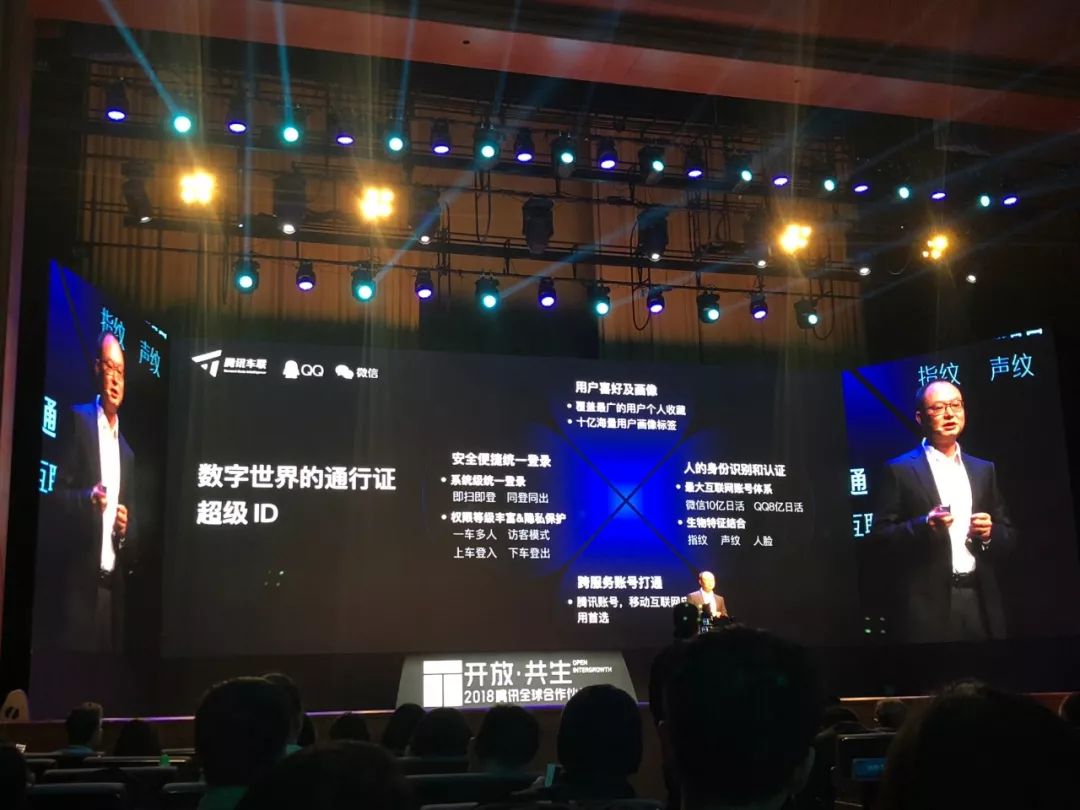 Tencent will create a “super ID” for the “TAI smart auto system” that combines biometric data, allowing users to log in using fingerprints, voiceprints, or facial recognition, making it more seamless than scanning a QR code or entering a password. Coupled with Tencent’s robust software and internet services, this will achieve an integrated connection between drivers, passengers, and the car’s hardware.
Tencent will create a “super ID” for the “TAI smart auto system” that combines biometric data, allowing users to log in using fingerprints, voiceprints, or facial recognition, making it more seamless than scanning a QR code or entering a password. Coupled with Tencent’s robust software and internet services, this will achieve an integrated connection between drivers, passengers, and the car’s hardware.
When driving, we often have many immediate needs that require phone support, and when it comes to seamless interaction, Tencent is at the forefront of solving this issue.
Currently, there is a lack of rich service ecology in the smart auto industry, but Tencent plans to leverage the most powerful part of its own ecosystem to power auto technology – mini-programs. Mini-programs are actually very suitable for use in cars, since they don’t require downloading or installation and can appear in appropriate scenarios.
Currently, on our mobile devices, mini-programs are passively launched when we need them, requiring us to scan or search for them. However, when mini-programs are ported to vehicles, they can actively or semi-actively pop up based on voice and scenario combinations, triggering appropriate mini-programs in appropriate situations.
The automotive service sector has a wealth of specialized product services and content, making it difficult for service providers to onboard their services via programs, but the mini-program’s unique framework provides an opportunity for implementation.
The best way to “quit” using WeChat in a car may be to use “car-mounted WeChat.”
In the age of the internet and cloud computing, communication is ubiquitous and has brought us a lot of anxiety. Being online is now a way of life, so sometimes when we’re driving, we’re not enjoying the experience, but instead feeling stressed. We’re faced with the constant processing of information, forcing us to make a choice between “safety” and “access to information.”
At Tencent’s “Cloud+Future” summit in May of this year, when asked about car-mounted WeChat, Ma Huateng replied:
“The (WeChat) team thought about a fundamental issue: should users use WeChat while driving? We don’t necessarily want everyone to use it as much as possible, and we are more concerned about safety. That’s why we currently do not provide a WeChat solution directly embedded in the car’s system. We’re worried that if users enjoy using it too much, it can lead to safety concerns.”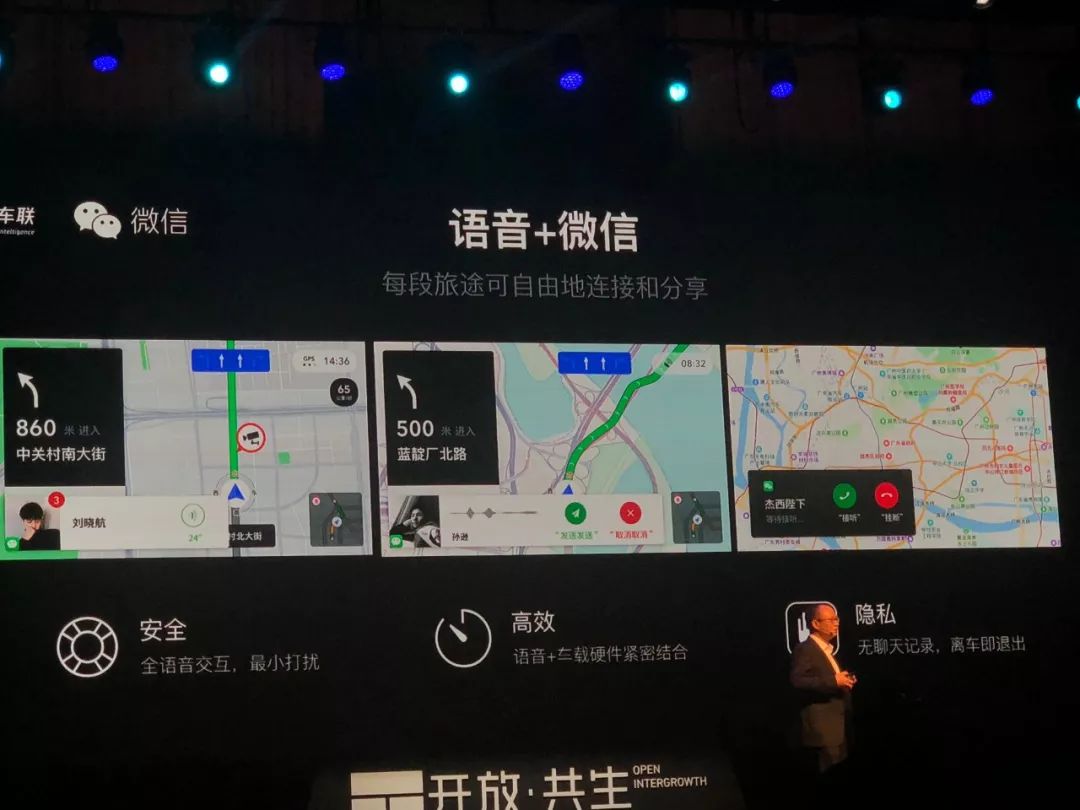
“The combination of WeChat and voice recognition” is a choice made by Tencent between “security” and “information acquisition”. It is not for interaction through voice only, but to use physical voice buttons in the car to replace the “hold to talk” function on the WeChat app.
In terms of security, when using the hardware in the car to transmit voice messages, the car’s physical voice buttons are used instead of voice control via a mobile phone.
Compared to the multifunctionality of the WeChat app on mobile phones, the car version of WeChat will be streamlined. It will not store chat histories, and will exit automatically when leaving the vehicle, only providing necessary information during the trip.
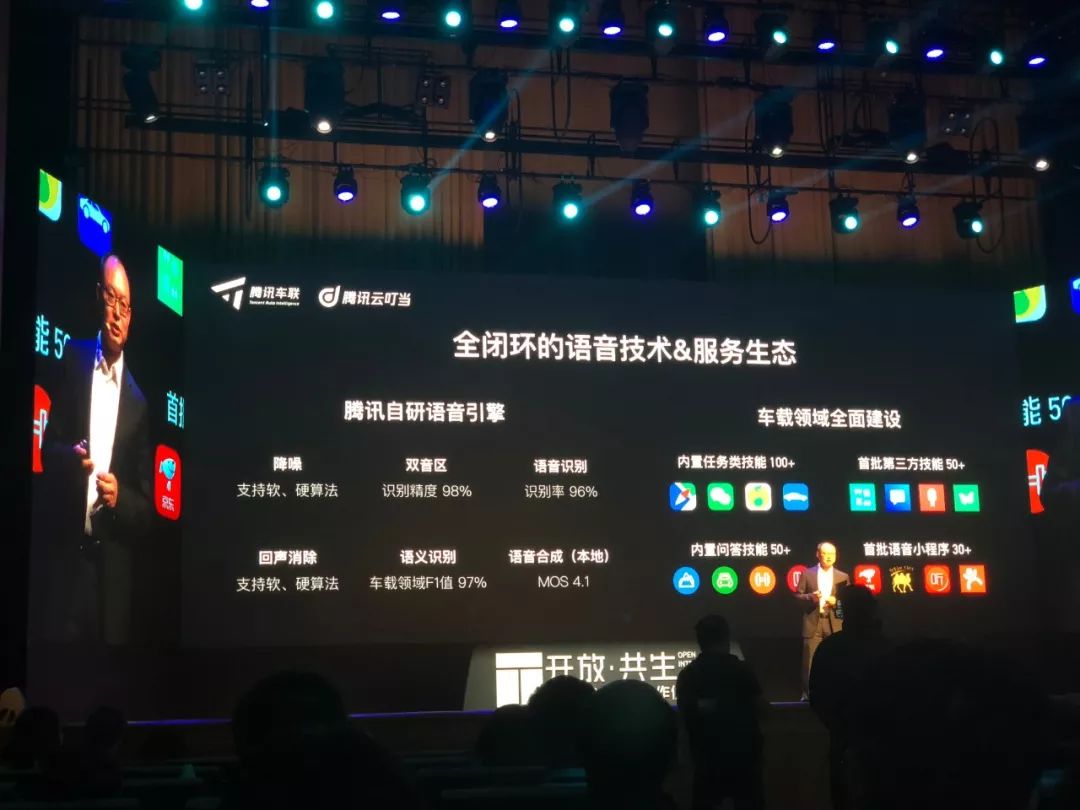
Dealing with the problem of mobile phone dependence while driving and finding a safer way to “acquire information” in the car is a problem we should consider during the process of automobile intelligence.
In this process, Tencent has both the responsibility and opportunity. Tencent’s core competency has always been linking people together, from the PC version of QQ to the mobile version of WeChat, from building interpersonal relationships to creating a social ecology. As the next mobile terminal in the major direction, whoever can first bring social features into the car may conquer the first continent.

 * Apollo 3.0 is here Why can’t Baidu be in the business of intelligent cars?
* Apollo 3.0 is here Why can’t Baidu be in the business of intelligent cars?

This article is a translation by ChatGPT of a Chinese report from 42HOW. If you have any questions about it, please email bd@42how.com.
